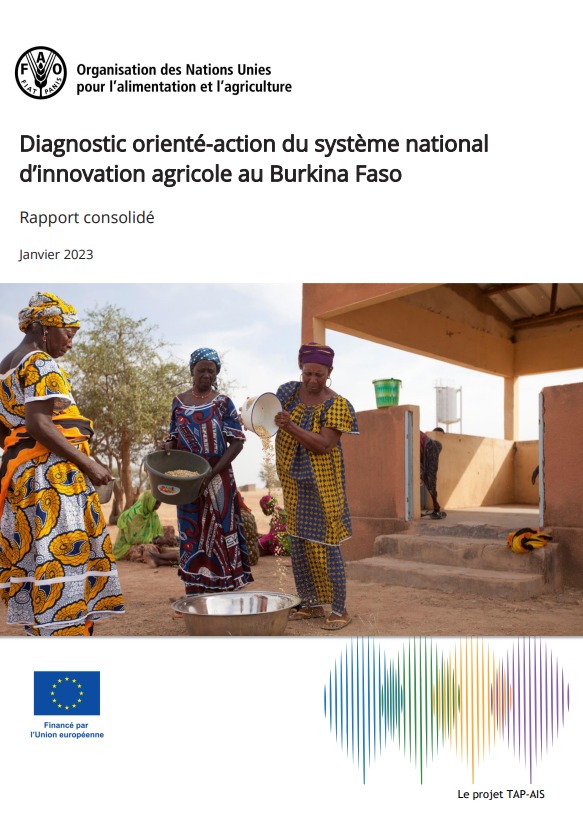FLUS Based Modeling of the Urban LULC in Arid and Semi-Arid Region of Northwest China: A Case Study of Urumqi City
Modeling land use and land cover (LULC) change is important for understanding its spatiotemporal trends and plays a crucial role in land use planning and natural resources management. To this end, this study assessed the spatiotemporal characteristics of the LULC changes in Urumqi city between 1980 and 2020. In addition, future LULC was successfully projected for 2030 and 2050 under different scenarios based on the FLUS model. This model was validated using actual and simulated land use data for 2020.












